Premium Only Content
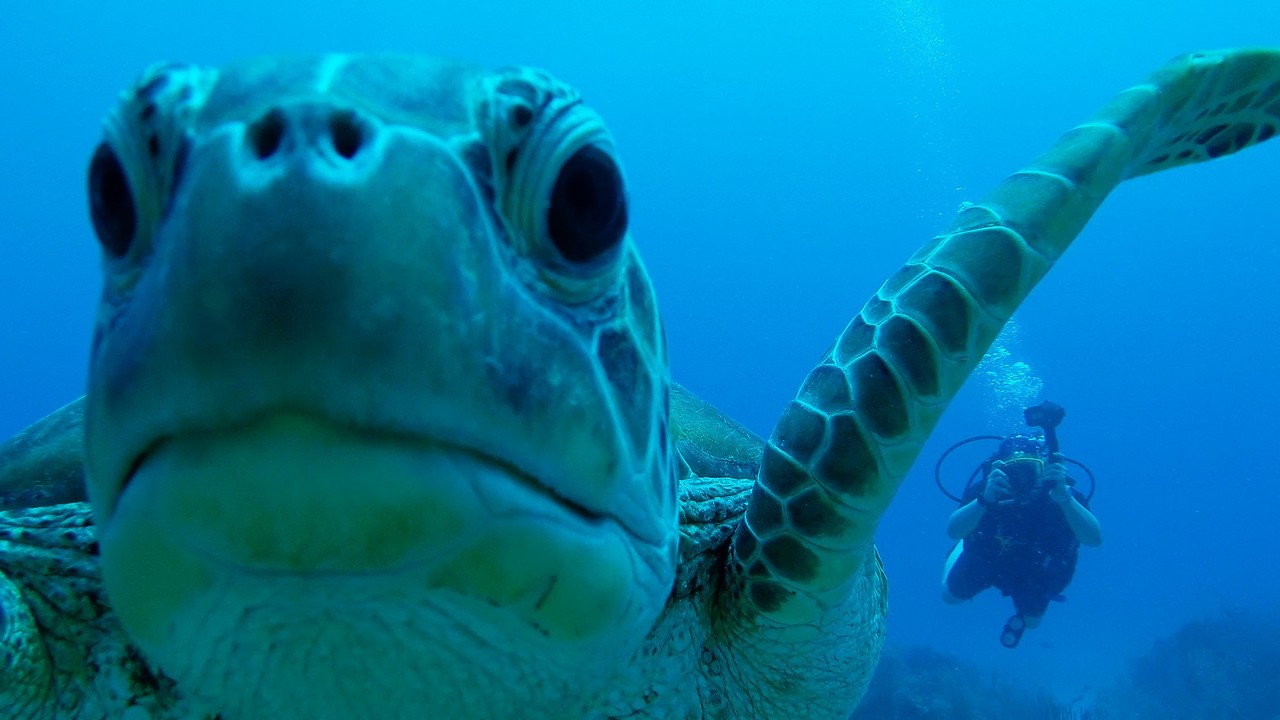
Breathtaking footage of earth's most ancient creatures
When people think of animals that represent peace and tranquility, beauty and grace, one of the first animals that comes to mind is the sea turtle. They are among the earth's most ancient creatures, having been around for over 110 million years, swimming in the oceans even during the existence of some of the dinosaurs. There are actually seven species of sea turtles that inhabit our waters, each of them having unique features and characteristics, and even unique feeding and behavior. They often nest and feed in vastly different locations with some traveling as far as 1400 miles to lay their eggs on the beach.
These animals are majestic and gentle and have become the most recognizable symbols of the marine world. If you ask people which marine creature they would most like to meet, most will answer that it is the sea turtle. Because they spend so much of their life under water, only coming to the surface for a few quick breaths of air, most people will never have that opportunity. If we are lucky, we will catch a glimpse of a baby that has hatched and is hastily making its way across a beach for the cover and protection of the waves.
Sea turtles are clumsy on land and they are an easy mark for birds, lizards, crabs, and even raccoons and foxes. By far, their biggest threat is man, due to nest depredation and habitat destruction. Less than one in a thousand will reach the sea and then continue to grow to maturity. Those that are fortunate will return to the same beach where they were born to deposit their eggs and repeat the cycle.
They are at their most breath taking while swimming in the ocean, gliding gracefully over the reef or sand as they search for food. They eat sponges, corals, jellyfish, and crabs. Some are vegetarian and will feed exclusively on sea grass and other plants. Scuba divers consider themselves very lucky to catch sight of a sea turtle and they will often plan their excursions around breeding cycles or feeding grounds in an effort to experience the beauty close up that most people will only see in movies or photographs. Moving cautiously and respectfully will sometimes allow a close up encounter that is unforgettable.
This video shows three different sea turtles in their natural habitat. The first is a massive Loggerhead that has come to the reefs of Belize in search of females. He will cruise along, eating large conch shells which he can crush in his massive and powerful jaws, but his true goal is to find a mate. Food is a secondary concern during mating season. This huge turtle weighs over 400lbs and may be as old as 100 years. This means he was swimming through these waters, possibly as early as world war two. In other clips, we can see these brutes approaching divers and looking them over, apparently a common behavior during mating season. One of the divers nervously had to push the Loggerhead away gently as she was unsure of his rapid and close approach.
The second turtle we see is a Green Turtle which is a vegetarian and frequents warm waters around South America and the Caribbean where sea grass is plentiful. Unafraid, he approaches a diver who is carrying a GoPro camera. Something about the camera captures his interest and he ventures close enough to nibble at it curiously. Needless to say, such a close experience with a sea turtle is rare and magical.
We also see Hawksbill Turtles gliding along in the clear, blue waters of the Cayman Islands. Two of these beautiful turtles have found each other and they circle the coral together like they are dancing.
A young diver gets a very close look at a Green as it swims over to her and actually circles her before heading for the bottom to graze. She is fortunate enough on the next dive to have a similar experience with a Hawksbill as it swims along, occasionally closing the distance between them as if it welcomed the companionship briefly.
Sharing a few moments with sea turtles is one of the most beautiful experiences imaginable. Their existence is fragile now though, with the pressures that humans put on them and their habitat, and we must be very careful not to lose them forever.
-
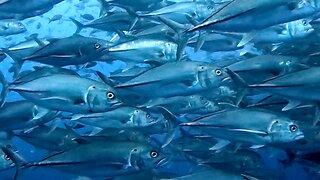 0:43
0:43
WildCreatures
10 days ago $8.24 earnedDiver is swallowed up by a passing bait ball at Darwin Island
22.4K4 -
 1:18
1:18
WildCreatures
4 years ago $1.36 earnedThis frogfish is one of the most unusual creatures in the ocean
7.55K15 -
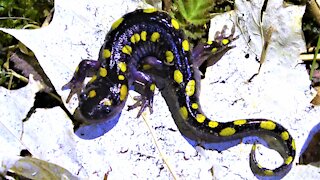 1:35
1:35
WildCreatures
4 years ago $4.05 earnedMysterious & beautiful creatures are found in pond at midnight
4.44K11 -
 0:12
0:12
brenmichelle
5 years ago $14.10 earnedRare footage of a flying turkey captured on security camera
3.22K3 -
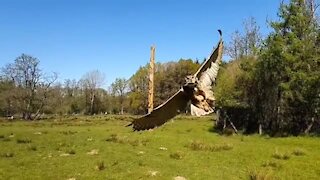 0:14
0:14
rumblestaff
5 years agoSlow motion footage of eagle owl coming in for a landing
3741 -
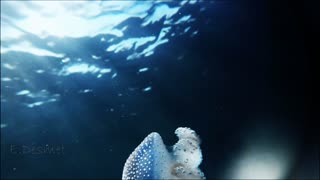 1:10
1:10
ViralHog
5 years ago $0.01 earnedFree Diver Observes Strange Creatures near Palau
161 -
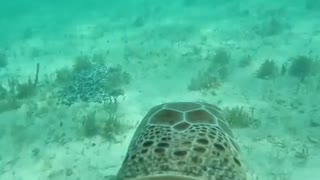 0:59
0:59
wildbluescience
5 years ago $4.01 earnedCamera attached to the back of a sea turtle delivers incredible footage
3.24K3 -
 1:02
1:02
WildCreatures
5 years ago $2.42 earnedBizarre alien worm-like creatures infest gigantic barrel sponge
2.4K2 -
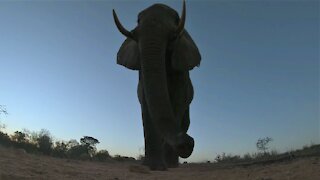 0:41
0:41
EmotionsofAfrica
5 years ago $17.55 earnedIncredible close up footage show elephant bull using his trunk to investigate hidden camera
5.22K3 -
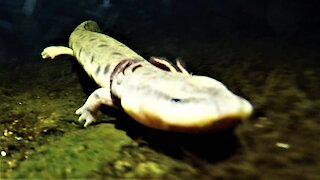 1:28
1:28
WildCreatures
6 years ago $13.50 earnedResearchers find bizarre creatures active under ice
2.02K2